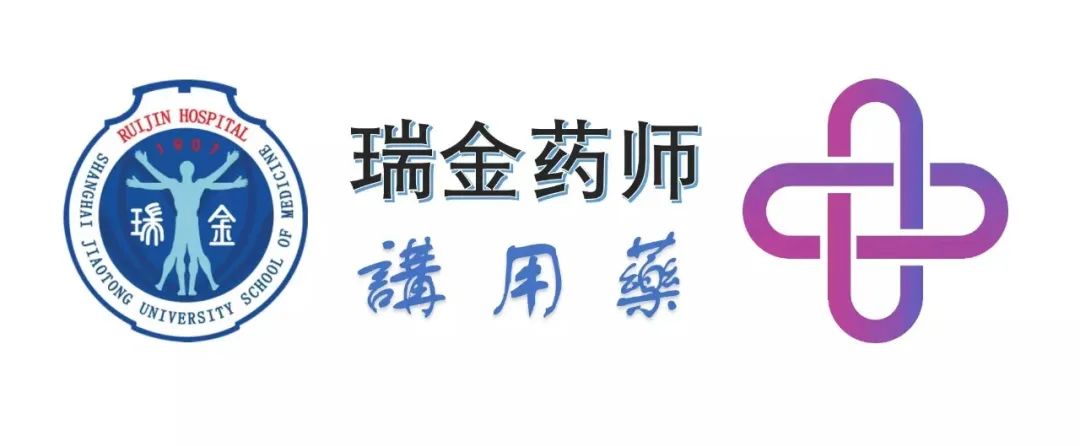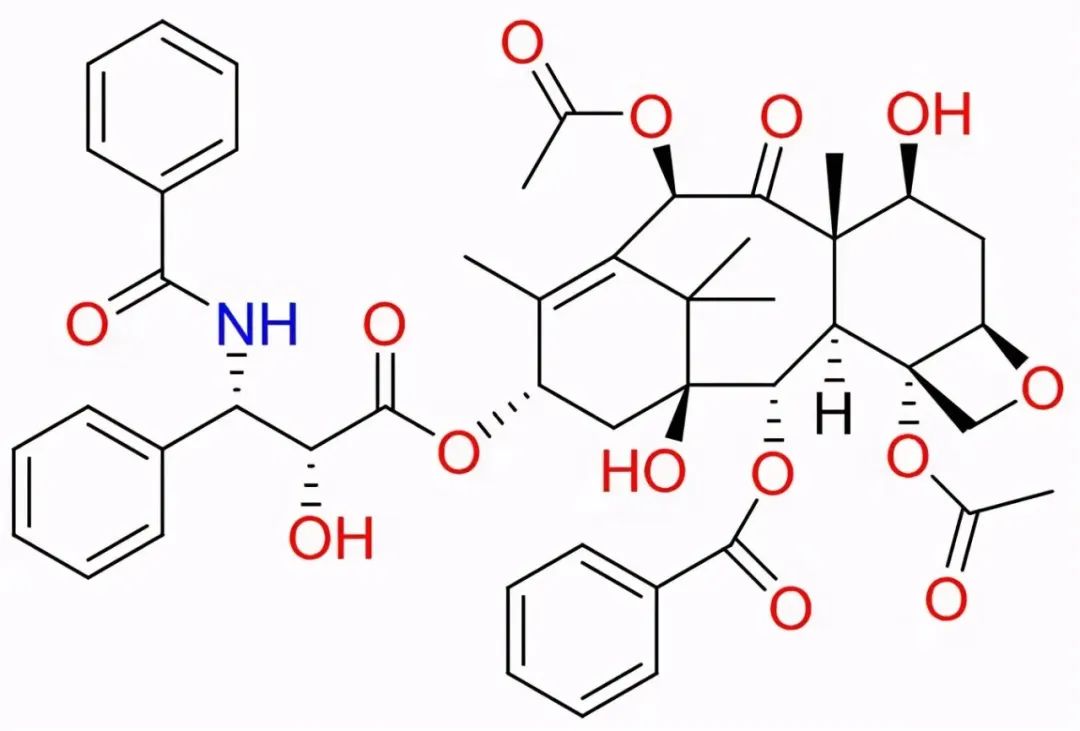How Nano-soldiers Fight Cancer —— Do you know?

Cancer, as one of the most common diseases with high mobility and high mortality in the world, the clinical treatments for its tumors generally include surgery, chemotherapy and radiotherapy. Due to the shortcomings of chemical drugs and various toxic and side effects, people have been committed to developing more effective drug delivery systems for cancer treatment, with the aim of reducing side effects and ensuring its efficacy.
With the progress and maturity of nanotechnology, its advantages are gradually reflected.

Introduction of nano-drugs

Diagram of sustained release process of nano-drugs
Nano-drug and its delivery system
Nano-medicine refers to nanoparticles or nano-carriers, which is a new product produced by the combination of nano-technology and medicine.
Nano-drug delivery system refers to the integration of small drug molecules into nano-materials by means of encapsulation or adsorption.
Advantages of nano-drugs
First, improve the solubility and absorption of drugs.
Nano-sized drugs are different from most chemotherapy drugs. Nano-sized drugs have larger specific surface area, better solubility, faster dissolution, improved absorption properties and better therapeutic effect.
At the same time, due to better solubility, the dosage of patients can also be appropriately reduced.
Second, prolong the drug’s circulation time in vivo, and enrich it to the focus.
Through some modification and treatment on the surface of nano-drugs, the circulation time of drugs in human body can be prolonged, which is beneficial for drugs to reach the lesion site, and special modification may make drugs more concentrated in the tumor site, resulting in better selectivity and targeting properties.
Nano-drugs can enter the tumor tissue through the porous blood vessels of the tumor, and achieve a high degree of penetration and retention in the tumor. Therefore, nano-preparation has excellent properties of high drug loading rate, passive targeting and controlled drug release.

Clinical application of nano-preparation.
Paclitaxel albumin nanoparticles
Paclitaxel is a commonly used anticancer drug in clinic. Here is a brief introduction to the nano-preparation of paclitaxel:

Paclitaxel, a commonly used anticancer drug
Albumin nanoparticles
Albumin nanoparticles are nano-particles based on albumin.
Albumin is an endogenous natural product with the advantages of safety, non-toxicity, non-immunogenicity, biodegradability and good biocompatibility. Moreover, the nanoparticle carrier system has unique targeting, sustained and controlled release characteristics and drug protection.
By high-pressure homogenization, paclitaxel and human serum protein preparation were made into nanometer freeze-dried powder, which can improve the solubility, avoid a large number of paclitaxel nanoparticles aggregation, and help the drug to be absorbed into tumor cells and give full play to its role.
Pharmacological action of paclitaxel
Paclitaxel is an anti-microtubule drug, which can stabilize microtubules by promoting the polymerization of tubulin dimer and inhibiting its depolymerization, thus inhibiting the normal dynamic reorganization of microtubule network during interphase and mitosis.
In addition, paclitaxel can lead to abnormal arrangement of microtubule "bundles", affect the division of tumor cells and promote tumor cell apoptosis during the whole cell cycle and cell mitosis.
indication
The application of albumin nanoparticles in the in vivo delivery of paclitaxel and cancer treatment has become a hot topic in recent years.
Albumin paclitaxel nanoparticles are mainly suitable for the treatment of metastatic breast cancer that failed in combination chemotherapy or breast cancer that recurred within 6 months after adjuvant chemotherapy.
Unless there are clinical contraindications, an anthracycline anticancer drug should be included in previous chemotherapy.
matters need attention
In the process of using paclitaxel albumin nanoparticles, it should be noted that paclitaxel for injection (albumin binding type) also has adverse drug reactions and must be used under the guidance of a doctor with chemotherapy experience.
Only with perfect diagnosis and treatment facilities can the complications and adverse reactions caused by drugs in treatment be effectively controlled.

references
[1] Jie Chen, Cao Ye, Li Shuangshuang, Luo Lailong, Yu Peng, Li Mingyuan. Research progress of novel nano-drug delivery system for tumors [J]. China Journal of Pharmacy, 2020,55(21):1749-1756.
Xin li, Zhu Dandan, Chen Yu, Lin Shuting, Han Lili, Li Ying, Liu Xiaoxuan. Research progress of nano-drug delivery system in promoting deep penetration of tumor [J]. Zhongnan Pharmacy, 2020,18(12):2009-2018.
Zhao Shuang, Zhang Shaofang, Mu Xiaoyu. Research progress of nano-drugs [J]. Tianjin Pharmacy, 2020,32(02):57-61.
Chen Dongxiao, Zhang Juanmei, Li Jianye, Xu Tianhong, Dong Yaqin, Pu Xiaohui. Research status and progress of paclitaxel albumin nanoparticles [J]. Journal of Henan University (Medical Edition), 2017,36(04):296-300.
[5] Chen Kang. Analysis of the research progress of paclitaxel pharmaceutical preparations [J]. Heilongjiang Medicine, 2019,32(06):1390-1392.
Contributed by: Song Haolin (Ruijin Intern Pharmacist)
Original title: "How do nano-warriors fight cancer-do you understand? 》
Read the original text